
– “Yes, we can cross, look! If we avoid this rocky area…
– “But if there’s a sandy area there, we’re going to get stuck.”
Rosa Alpina and her brother, Dimas, were in a Land Rover on the banks of one of the many rivers without bridges en route to Samara of Nicoya, trying to negotiate their way through. It was how Guanacaste was in the mid-twentieth century. The roads were stone and gravel trails that fulfilled their purpose, with difficulty, in the summer months.
The car was full of timid and penniless Spanish priests on a mission to baptize and wed people. Restless nephews were also with Rosa and Dimas with another purpose: to find a beach or a river where they could swim.
– “No, no, no, come on… Let’s try!” Rosa Alpina insisted. That’s what people who didn’t know her called her. Those who did called her Pina or Pinin.
She persisted with the idea of crossing the rocky river because when she thought she should do something, she did it and no one could contradict her. She was a sweet and affectionate woman but she had a strong character in decision-making.
It was her insistent personality that led her to be the first woman legislator to represent Guanacaste, between 1958 and 1962 with the National Liberation Party. She was also the first woman in Costa Rica to serve more than one term as a legislator when she returned to the Legislative Assembly in 1970.
Through her work as a legislator, teacher and nurse, she knew the needs of those little towns for which the priests asked her to be a guide and spokesperson. In the mid-50s, on the riverbank, she put into practice the negotiating skills that she took advantage of to get the bills she proposed approved.
After all, that wasn’t the only obstacle she overcame.
From the Farm to the Plenary
Rosa Alpina Aiza Carrillo was born in San Lazaro of Nicoya in 1911.She went to elementary and high school in Santa Cruz and studied Higher Education to become a primary school teacher. Her training in education and nursing led her to travel to communities from one end to the other. At that time, there was only one Health Unit for all of Guanacaste and Rosa worked for it. Little by little, she became a leader of the lowlands.
She lived on a farm with her mother, Isaura Carrillo, and her father, a cloth merchant and rancher of Lebanese origin named Elias Aiza. Other merchants and politicians from the area came to the farm, including Daniel Oduber, who owned Hacienda La Flor in Liberia, where he worked in agriculture and livestock.
When she met those figures, she was making her way into politics. That’s how Jose Figueres Ferrer and Francisco J. Orlich nominated her for legislator in the General Assembly for the National Liberation Party (PLN for the Spanish acronym).
Her family wasn’t quite in favor of the idea. They wanted her to take care of the farm and her mother. They were also opposed because campaigning wasn’t inexpensive and Rosa had to do it with the money that her family earned on the farm.
“Every time you get into politics, it costs a fortune,” her brother, Dimas, once reproached her.
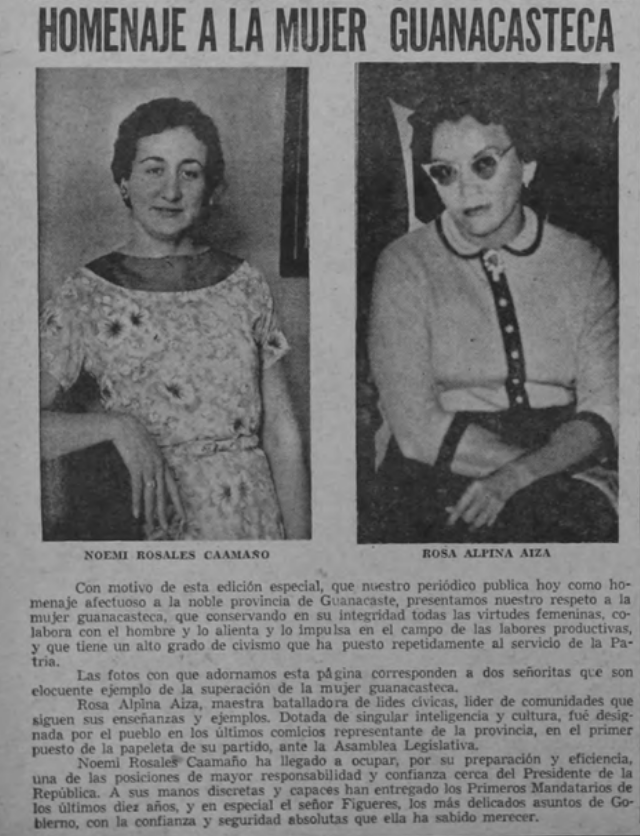
La República newspaper, Tuesday, April 1, 1958.
Her family’s opposition wasn’t the only thing that weighed her down. She also had her own doubts.
“Overnight I found myself facing a scenario that didn’t give me any pleasure, but to the contrary, a lot of fear, and that night, I could not sleep,” she said in an interview in 1969 during the PLN National Convention at the Gran Hotel Costa Rica in San Jose.
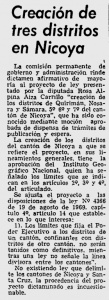
La Nación newspaper, November 7, 1971.
Even so, Pina entered Congress on May 1, 1958, with no political experience. That didn’t stop her from getting several bills that she proposed to move forward during both of her legislative terms.
One of her strongest battles was to form the canton of Nandayure. She also belonged to the Education Commission, where she fought for the General Directorate of Arts and Letters to become law and to build the Garcia Flamenco de La Cruz Night School, two agricultural and technical education institutions in Bocas de Nosara and Samara, and the Cacique Nicoa school in Nicoya.
She also presented the bill to form the districts of Quiriman, Nosara and Samara.
In the book History of a Town Through One Family, the writer Aristides Fuentes described Rosa as a woman who “grew stronger crossing the forest, rivers, going down slopes and sometimes precipices.” That, Fuentes said, matched her other name very well: “Alpina.”
Pina Aiza died at the age of 103 in her hometown, San Lazaro. She saw her dreams of having communities with roads built, new bridges and educational centers come true.
This profile of Rosa Alpina Aiza was put together with the parliamentary profile prepared by the Legislative Assembly and an interview with her niece, Alia Delgado Aiza.



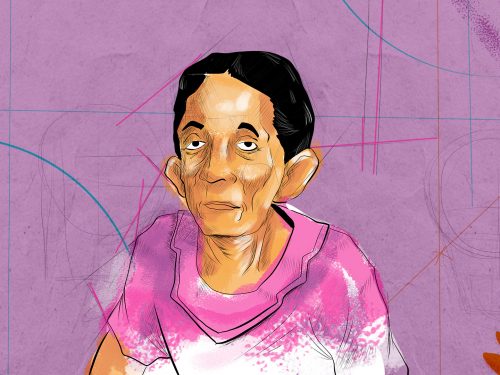
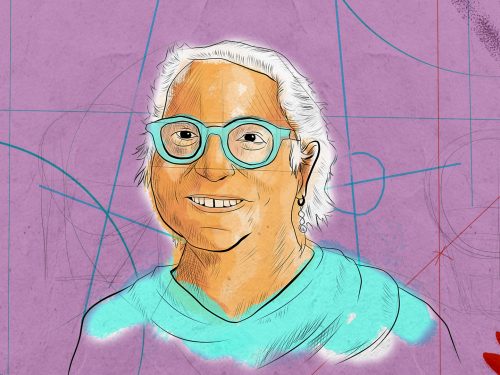
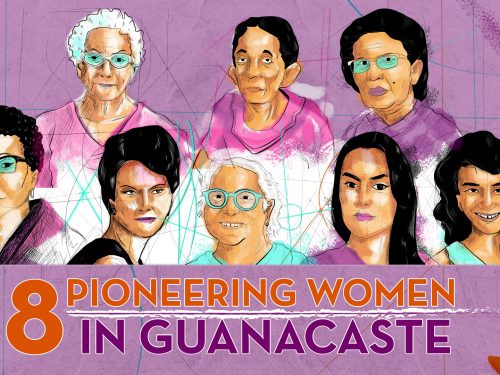

Comments